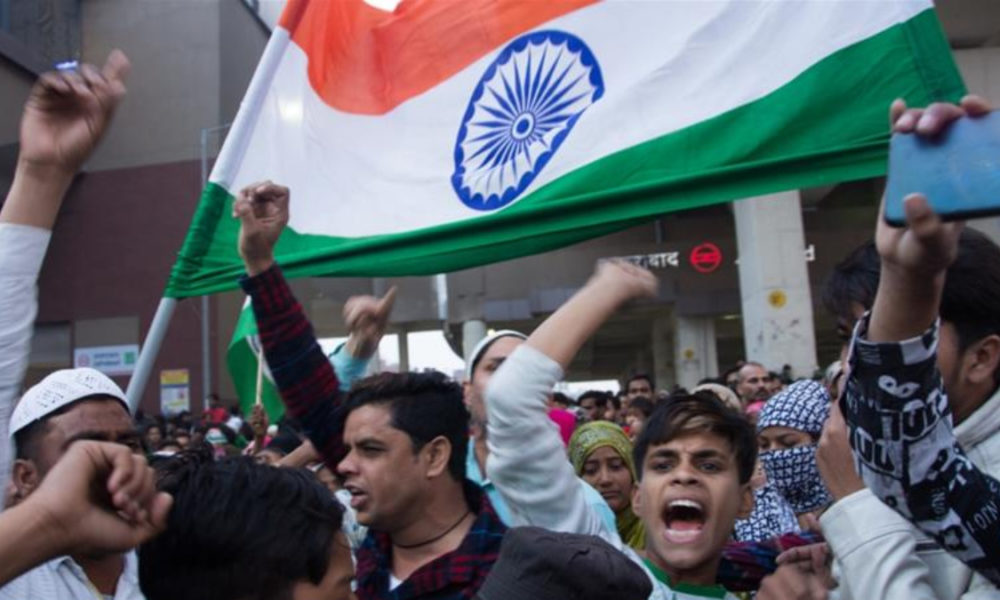The ongoing protests in the United States are energizing some Indians, resident and non resident, into urging the section which was out on the streets protesting the Citizenship Amendment Act from December 2019 onwards, to unleash across India demonstrations similar to that of in the US. The purpose is the same as it was in the anti-CAA protests—to create as much unrest as possible and draw international attention to the “plight” of a particular minority community.
The trouble that started in December 2019 from Jamia Millia Islamia in New Delhi, culminated into not only street showdowns, but also violence in different parts of the country, including deadly communal riots less than 10 km from the heart of New Delhi, which was hosting US President Donald Trump at the time.
The outbreak of coronavirus and the subsequent lockdown put a brake on the protests at least for the time being. But chances are, the charge sheet prepared by the Delhi police, naming former AAP councillor Tahir Hussain as the conspirator behind the riots, and the arrest of some ultra-left and minority activists earlier may stoke the dying embers of a so-called movement into a conflagration, even if short-lived— although the idea is to prolong the fire so that its attracts maximum eyeballs internationally.
Already voices are being heard complaining that a “civil rights movement” (the anti CAA protests) is being muzzled by blaming a particular community for the violence and the riots. Of course, it’s a different matter that charge sheets filed by the Delhi police relate to two cases specifically, the stabbing of an Intelligence Bureau official being one of them, and does not amount to blaming any particular community. But then why let facts come in the way of a narrative that has been pre-decided?
The fact is that a whole community was instigated into believing that they would not only be disenfranchised, but would be made stateless by the Central government through exercises such as CAA and NRC. And this even though both the Prime Minister and the Home Minister kept repeating that not a single citizen had anything to fear. The NRC exercise anyway is a chimera. The fact is also that a communal violence in which two communities were involved, was portrayed as a pogrom committed by the majority community on the minorities, with support from a “right-wing fascist” government. This is a classic example of how a localized incident is distorted to fit into a broader global narrative of “oppressor vs oppressed” being peddled by a particular shade of the spectrum to take on the so-called oppressor.
And now, with the “Black Lives Matter” movement gathering steam in the United States, attempts are being made to rekindle the fires of India’s minority politics by drawing false equivalences, when there is no comparison between the two situations. The anger of the black community is deep rooted in history, which has never been the case with the minority community in India. So the “Black Lives Matter” template will not work here.
For that matter, what the world is witnessing in the US is a valid movement quickly sliding into anarchy and thus losing its legitimacy. Protests are legitimate outlets for grievances, but not when they descend into mobocracy. Similarly, peddling fake narratives to manufacture street protests may serve political purposes in the short-term, but in the long-term achieves nothing except for dividing society, and are thus best avoided.














